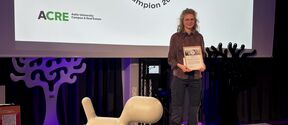Wildflower meadows to promote biodiversity
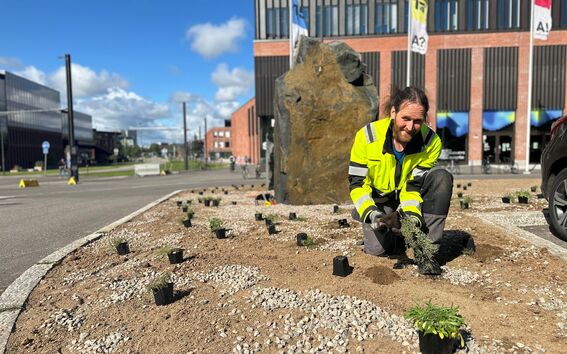
As a habitat type, a meadow consists of herbaceous plants and pollinators, and meadows have emerged and been established in different ways at different times.
On the campus, meadow creation is carried out systematically, with growing sites carefully mapped. By using native plant species, the resulting meadows are not only visually appealing but also continue the historical landscape tradition dating back to the Otaniemi Manor. In addition, the meadow areas allow native habitat types to merge naturally and support local biodiversity.
Maintained grass areas can also be regarded as open habitats. By selecting plant species that produce new blooms after mowing, the added species enhance the lawn’s appearance. Lawn diversity can be increased by introducing flowering species among the grasses - in fact, on the campus, all lawn overseeding is done using diverse seed mixes of flowering plants.
Another type of open habitat is sod mat, which has been used in the green areas around Dipoli. Its plant diversity has been enriched by sowing seeds of local wild species.
Local plants at the heart of our meadows
Meadows thrive best when they are created with plants that come from the local area. Using native species helps safeguard genetic diversity and ensures the plants are well adapted to local conditions. If seeds are brought from far away, there’s a risk that they may cross-pollinate with local varieties, which could weaken their resilience over time.
Campus meadows are established primarily on the basis of conservation biology criteria, with special attention to preventing biodiversity loss. The seeds sown and seedlings planted are mostly collected or sourced from areas close to the site of the new meadow. For example, the seeds and seedlings used for the meadow in front of Marsio can be traced back to their wild habitats.
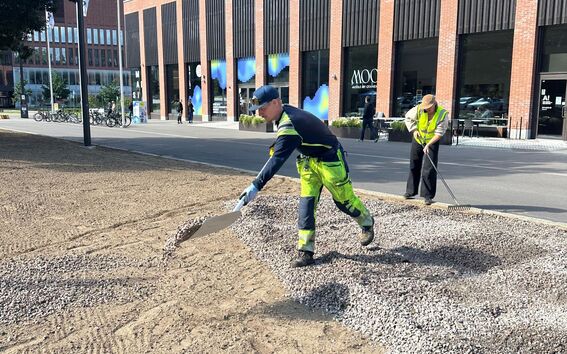
In Espoo and the Helsinki metropolitan area, there are still quite a few rocky outcrops where original plant species continue to grow. Along the seashore and in the meadow in front of Marsio, species that have been sown and planted include kidney vetch, great burnet, sea pea, sticky catchfly, sea aster, red campion, and Nottingham catchfly (Silene nutans subsp. lithuanica).
Beneath the large oak in the meadow, woodland species have been introduced, among them chickweed wintergreen, Balkan clary, red campion, goldenrod, and toothwort.
For the meadow in front of Marsio, seeds were collected from nearby rocky outcrops, including those of heath speedwell, rock campion, sweet vernal grass, wild mint, wild pansy, mountain everlasting, small catchfly, biting stonecrop, and orpine. The stands of wild thyme surrounding the artwork Glitch originate from the rocky shores of Porkkala in Kirkkonummi. Of all the species in Marsio meadow, wild thyme has the most distant provenance.
In addition to the Marsio meadow, natural wildflower meadows can also be found in several other places on campus, such as near Dipoli and A Grid.
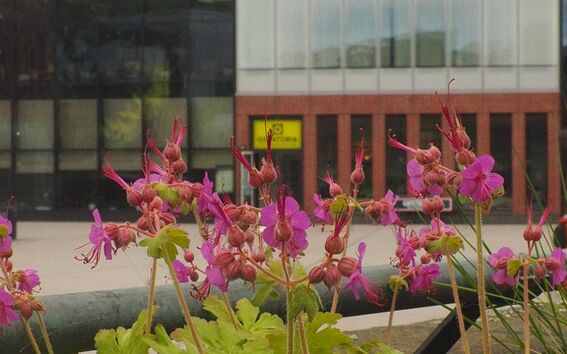
The role of meadows in the ecosystem
Meadows are important habitats for rare and endangered species, but they also serve as sources of recreation for everyone who uses the campus. Pollinating insects benefit from extensive, interconnected meadow networks, where distances between meadows are short and flowering plants are abundant. Pollinators also depend on suitable nesting sites, such as deadwood, as well as plant diversity, which provides a continuous supply of food throughout the season. All of these factors have been taken into account on the campus.
In cities, construction has weakened populations of native plants. For example, in the Helsinki metropolitan area, forests and rocky outcrops have been destroyed due to building activity. Increasing recreational use of green areas also threatens coastal vegetation. Collecting seeds from the remaining stands of rare native plants and sowing them in new meadows is one way to help ensure that declining species can persist in the city.
Through meadows, populations of rare plant species can be strengthened and expanded to new sites. These newly created habitats support the existing meadow network, and they can increase its connectivity, enabling insects to move more easily from one habitat to another.
When it comes to meadows, as with nature more broadly, it is important to allow for a degree of autonomy and unpredictability. Nature spreads, changes form, and intermingles, often in ways that people and landscape management cannot fully anticipate or control.
- Updated:
- Published: This content was originally published on www.aalto.fi.
Read more news
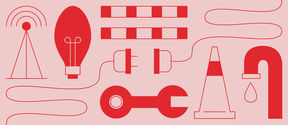
Temporary traffic arrangements on Lämpömiehenkuja and Metallimiehenkuja
The new arrangements will be implemented starting Monday, November 24, 2025.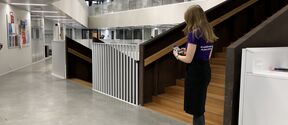
Accessible routes in Aalto Space application
You can also choose an accessible route for navigation on campus.
Use your voice: 14 000 euros for student wellbeing
In autumn 2025, students were asked to come up with ideas on how the university should spend 14 000 euros to improve student wellbeing on campus. Now it's time to vote for the best idea to be implemented during spring 2026.